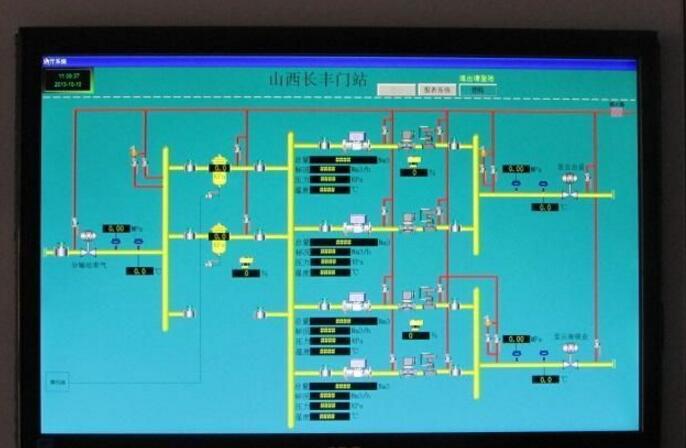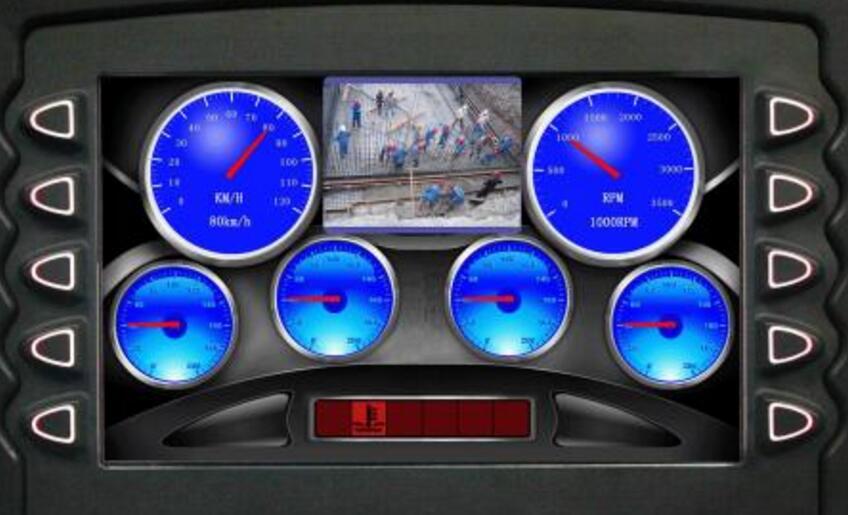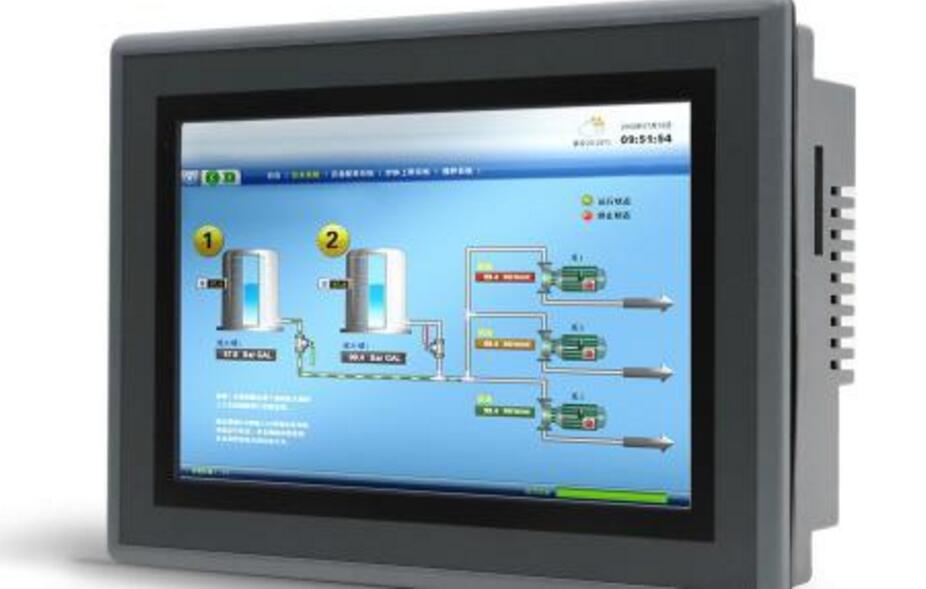Summary of 8 knowledge points of human-machine interface HMI
HMI is the abbreviation of HumanMachineInterface, "human machine interface", also called man-machine interface. The human-machine interface (also known as the user interface or user interface) is the medium for interaction and information exchange between the system and the user, which realizes the conversion between the internal form of information and the acceptable form of human beings. There are human-machine interfaces in all fields of human-computer information exchange.
Second, the interface type of HMIHMI has many types of interfaces, including RS232, RS485, CAN, and RJ45 network cable interfaces.
For example, in a factory, we collect information on the temperature and humidity of various areas of the plant, as well as the state of the machines in the factory. These parameters are monitored and recorded by a master and can be processed in the event of an unexpected condition. This is a typical SCADA/HMI application.
In general, an HMI system must have several basic capabilities:
Real-time data trend display - display the captured data immediately on the screen.
Automatically record data - automatically save the data to a database for later viewing.
Historical data trend display - visualize the data in the database.
Report generation and printing - can convert the data into a report format and print it out.
Graphical Interface Control - Operators can directly control devices such as the machine through a graphical interface.
Alarm Generation and Recording - Users can define conditions for alarm generation, such as excessive temperature or pressure exceeding a critical value, under which conditions the system generates an alarm that informs the operator.

The human-machine interface product consists of hardware and software. The hardware part includes the processor, display unit, input unit, communication interface, data storage unit, etc. The performance of the processor determines the performance of the HMI product and is the core of the HMI. unit. Depending on the product class of the HMI, the processor can use 8-bit, 16-bit, 32-bit processors, respectively. The HMI software is generally divided into two parts, namely, the system software running in the HMI hardware and the screen configuration software running on the PC operating system of the PC. Users must first use HMI's screen configuration software to create "project files", and then download the compiled "project files" to the HMI processor through the serial communication port of the PC and HMI products.

1) device working status display;
2) Data, text input operation, print output;
3) Production formula storage, equipment production data record;
4) Simple logic and numerical operations;
5) Can be connected to a variety of industrial control equipment networking.

Galvanized aircraft cable
Main construction: 7x7 1/16" to 1/4"
7x19 3/32" to 3/8"
Surface: galvanized, PVC-coated, stainless, balck treated
Packing: 10000ft,5000ft,2500ft per reel or as per customer's request
galv. wire rope, GAC, MIL-83420,Steel Wire Rope,Galvanized Wire Rope,Galvanized Steel Wire Rope,Galvanized Aircraft Cable
ROYAL RANGE INTERNATIONAL TRADING CO., LTD , https://www.royalrangelgs.com
